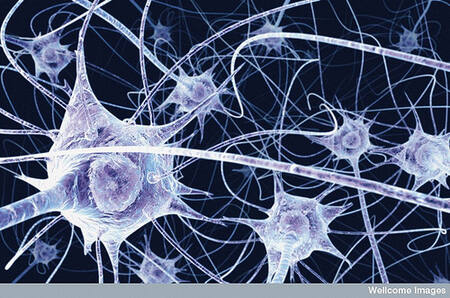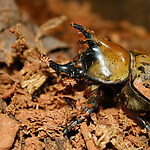Building with a central nervous system

Since we regard the building as a living organism in the design, we have to design a central nervous system through which it informs and connects its different organs. This will make sure that information is spread and stored throughout the whole building and that it is a living entity that learns as a whole and in which different subgroups interact.
Just as with the human body a central nervous system detects, transfers and filters information. Such an organic structure is also applicable to the Bio-Lab faculty. The goal is to create a organic education system in which the faculty (human body) is equipped with a system similar to a nervous system. To be more specific, three main functions have been selected that result in an organically communicating faculty.
1. Collecting information
This system can detect and collect information about the environment such as humidity, temperature and light. This information can result in a reduction of energy use and will also contribute towards more energy conscious behavior. Furthermore the system also collects information about the energy and water consumption of the building. This information is automatically granted by the water and energy groups and this will be reported to the energy and water managements. Finally the system should be able to sense activities in the building. This will stimulate the efficiency between the communication between people.
2. Transferring information.
The information collected, detected needs to be transferred and filtered so that the outcome will only display the information needed.
3. Delivering information.
Finally this information is delivered to the people of the faculty, and is showed in a way.


